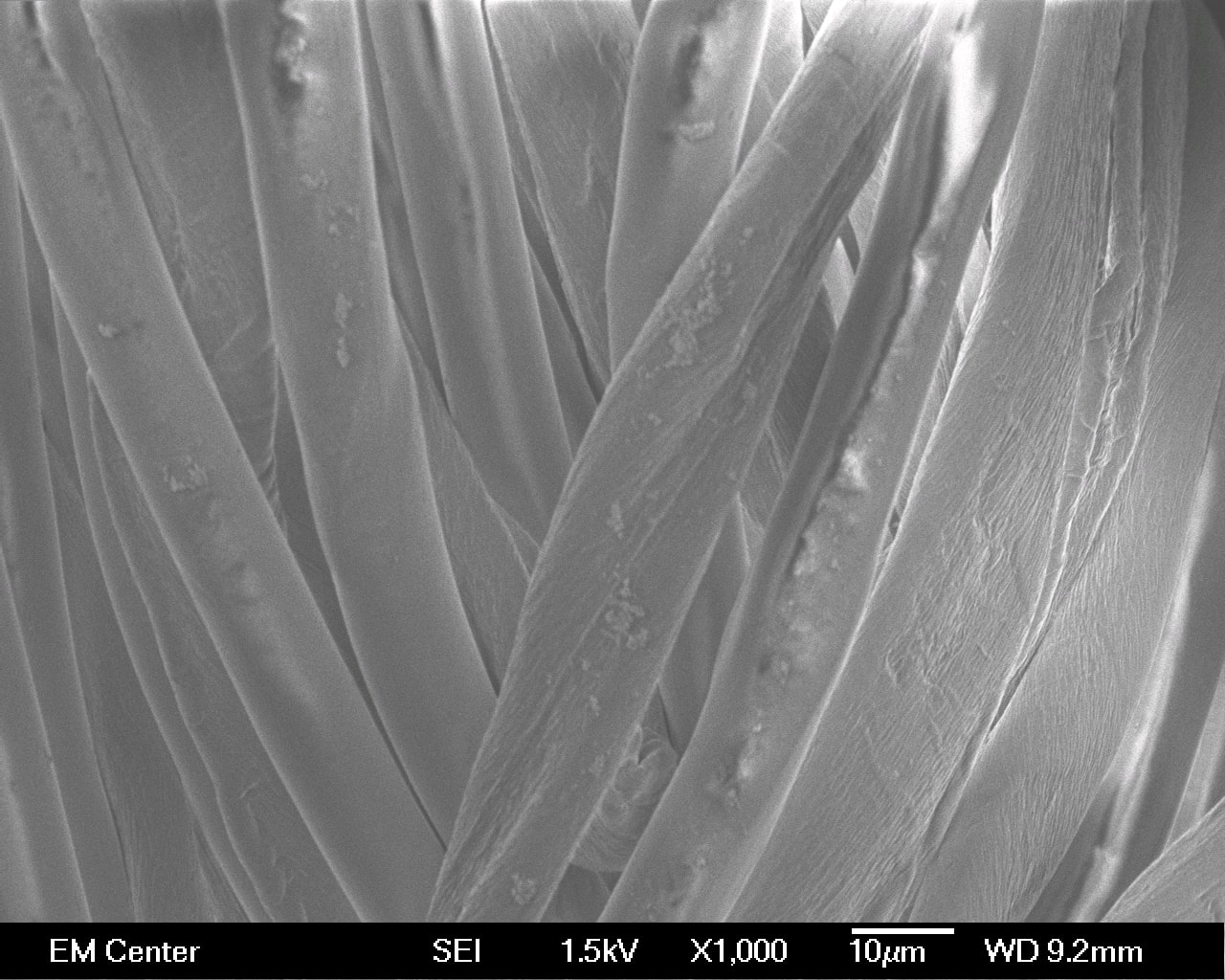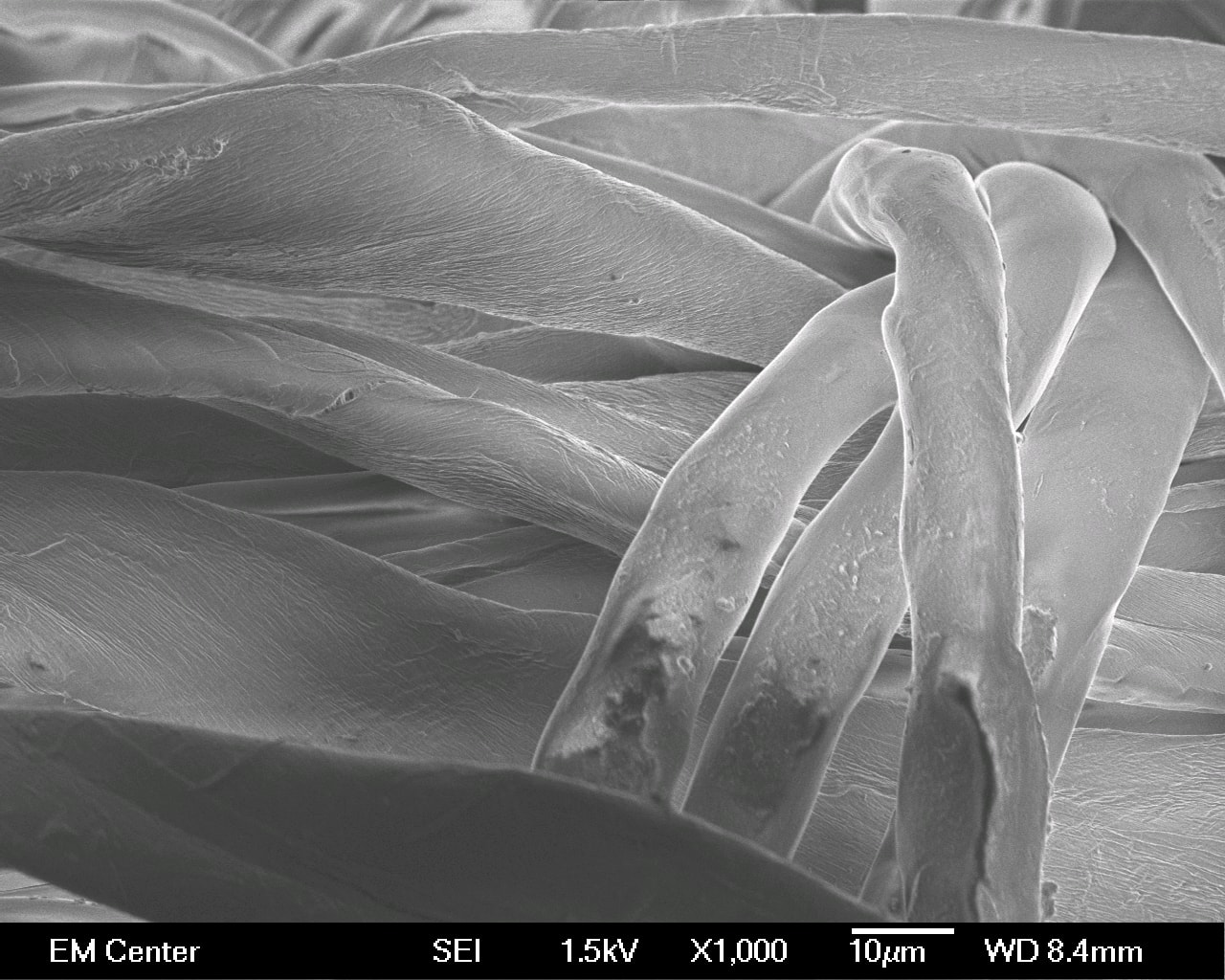The textile industry is one of the most polluting in the world. With the rise of fast fashion, textile waste is filling our landfills. These textile materials are often made with harmful petroleum-based chemicals, which were left over from the dyeing process. The growing recognition of natural dyes have attracted a significant attention in the textile science field. Natural dyes tend to exhibit far better biodegradability than man made dyes. They are also non-toxic therefore, non-polluting and far less health hazardous. Natural dyes can be obtained from various sources such as plants, animals and microbes. Although microbial dyes have a slight advantage over plant and animal based dyes, microbial dyes are fast-growing and have the potential of being more easily standardized and mass produced. Although natural dyes are valued in the market, they are also known to lack colorfastness. Because natural dyes are more compatible with the environment, they are also more favored by environmentally friendly people across the world.
This preliminary research study was conducted during my first year of graduate studies at Colorado State University. For this study, I collaborated with one of the DM faculty and another graduate student. The purpose of this preliminary study was to investigate the effect of different pH concentrations (pH 3, pH 6, and pH 10) on cotton and wool fabrics using persimmon natural dye. This research used a concentration of 200% for both cotton and wool samples. A special perspiration solution was prepared to which all samples were soaked for 30 ± 2 minutes and then exposed to high temperature in a standard perspiration oven. The performance was characterized using grey scales, color strength and appearance analysis (ColorQuest), American Association of Textile Chemists and Colorists colorfastness tests, and Fourier transform infrared spectroscopy (FTIR).








